Kelp growers are challenged by logistics and rapidly shifting market preferences
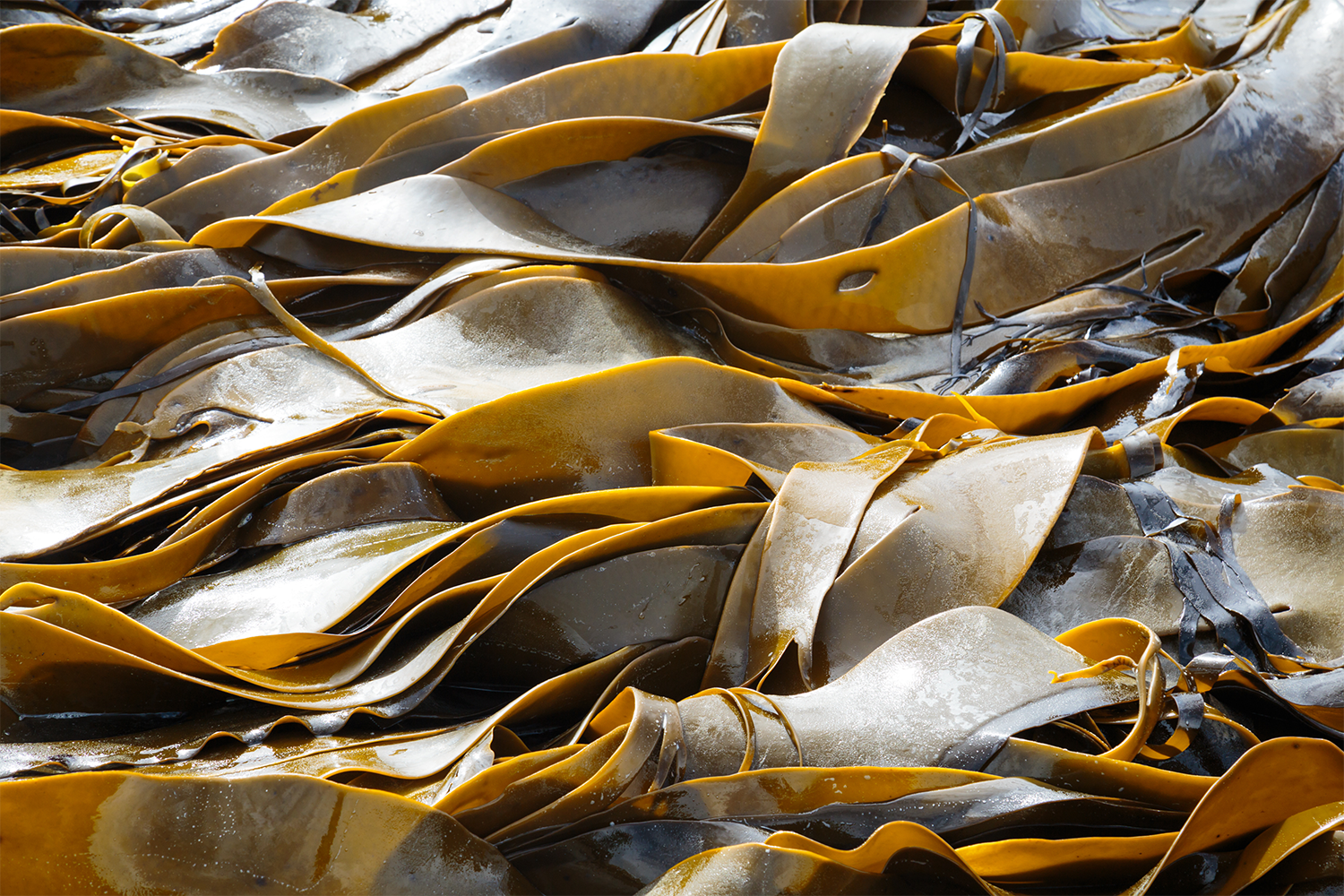
NOAA Fisheries’ State of Alaska Aquaculture Report, released in February 2024, indicates that sustainable aquaculture – better known as mariculture throughout the state – is a new but rapidly developing industry in the state, encompassing Pacific oysters, blue mussels and seaweed.
Over the past four years, Alaska’s Department of Natural Resources has received 14 applications per year, compared to just six per year between 2014 and 2018.
There have been many votes of confidence in the potential of aquaculture and mariculture in Alaska. When the Alaska Mariculture Task Force was established in 2016, its goal was to develop mariculture into a $100 million industry by 2040. A $49 million grant to the Alaska Mariculture Cluster followed in 2022, and in 2023 NOAA announced Alaska as the location for its next Aquaculture Opportunity Area process, identifying the state as an area that’s environmentally, socially and economically appropriate to support multiple commercial aquaculture operations.
Southeast Alaska has 690 acres permitted for aquaculture, while 337 acres are permitted in Western Alaska and 331 acres in south-central Alaska.
But for operators like Nick Mangini, owner of Kodiak Island Sustainable Seaweed, the biggest impediment to growth is the markets. Mangini was the second farmer to receive a permit for mariculture when he began growing sugar kelp and ribbon kelp in 2016. While he’s harvested up to 200,000 pounds of biomass some years, he’s never reached full capacity on his farm. This year he’s using half of his permitted farm space and growing just 40,000 pounds, due to lack of demand.
“I’m not confident we can sell more than that,” he said. “Alaska is having trouble finding markets for mariculture right now. A lot of it has to do with the cost of shipping seaweed, to get it where it needs to go, but also the cost of secondary processing. If you want to dry it, it doesn’t make sense to lose 70 percent of your biomass once you’ve shipped it.”
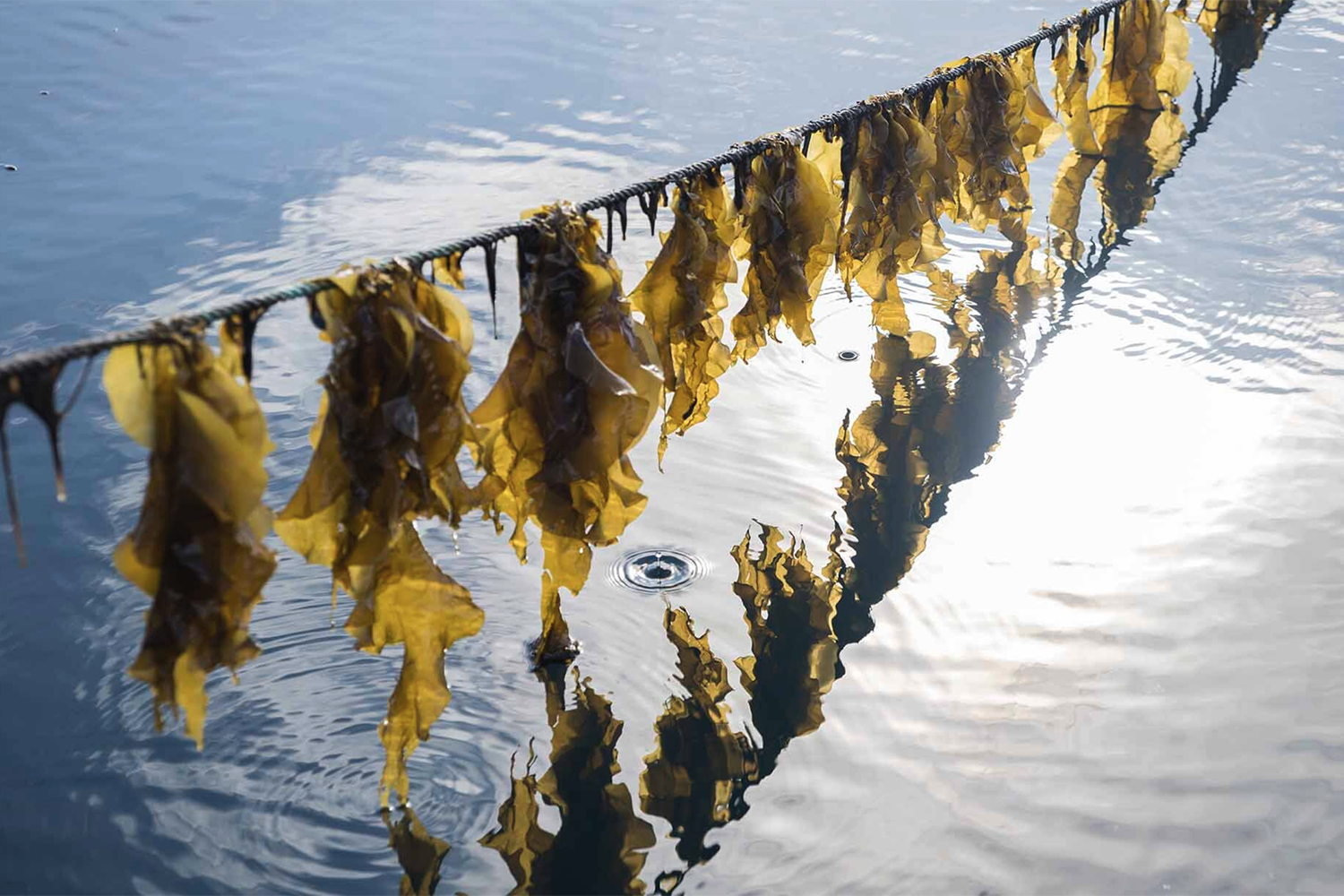
Mangini’s only customer is San Francisco-based Blue Evolution, which, he said is moving into other sectors and conducting several trials.
“Since we knew this was a pull-back year and that markets wouldn’t want as much, I’m doing trials on different seeding techniques, starting with different varieties of bull kelp and dragon kelp, and I’m not as worried about creating biomass,” he said.
With entrenched aquaculture views, Alaska weighs its future in farming
Mangini added that four or five new markets are coming to Kodiak in 2024, but the same is not true for the rest of the state. He added that some of the federal grant money is being spent on stabilization equipment and dryers, and he is hopeful that will help drive market demand moving forward.
Alaska’s vast coastlines present major logistical challenges for mariculture because farmers are situated all over the state. How do you manage processing and transportation of products across such vast distances?
“We’re in a tough spot,” said Jason Lessard, executive director of the Alaska Mariculture Alliance. “We have people, we have farms that want to plant and grow, and we’re unable to take their full capacity if they were to use it. The reality is we’re building a new industry up here and it’s going to take time.”
Markets are requesting kelp in a dry, powdered form, so Lessard and his team are trying to understand how to stabilize the product post-harvest, and what equipment will be required.
“Depending on the species of kelp, up to 90 percent of kelp is water, and no one wants to ship water, so freezing it is not a long-term solution.”
Lessard said mariculture farmers could potentially partner with seafood processors in their coastal communities. For transportation, there’s been discussion about using barges to bring kelp down to the lower 48 states. “But there’s still so much to figure out,” he said.
“Mariculture in Alaska is going to look very different from Maine, where the coastline is smaller and farmers are centrally located, allowing product to be trucked to its destination without needing to be processed first,” he added. “But we have funding for workforce development to train individuals on equipment we want to bring into the industry. With that support, we’re hopeful we’re laying good groundwork to build upon, understand our needs, and figure out how to best process the product out here.”
The increased number of annual applications from farmers is a sign of optimism for the industry, he concluded.
“It’s driven by the need for other economic opportunities,” he said. “If you’re living in a coastal community and depending on fishing for an income, it can be a rather bleak picture. But mariculture dovetails nicely with fishing, and Alaskans are trying to be part of this creation of a new industry.”
Now that you've reached the end of the article ...
… please consider supporting GSA’s mission to advance responsible seafood practices through education, advocacy and third-party assurances. The Advocate aims to document the evolution of responsible seafood practices and share the expansive knowledge of our vast network of contributors.
By becoming a Global Seafood Alliance member, you’re ensuring that all of the pre-competitive work we do through member benefits, resources and events can continue. Individual membership costs just $50 a year.
Not a GSA member? Join us.
Author
-
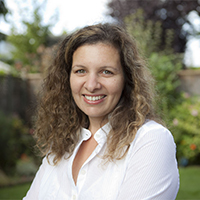
Lauren Kramer
Vancouver-based correspondent Lauren Kramer has written about the seafood industry for the past 15 years.
Tagged With
Related Posts
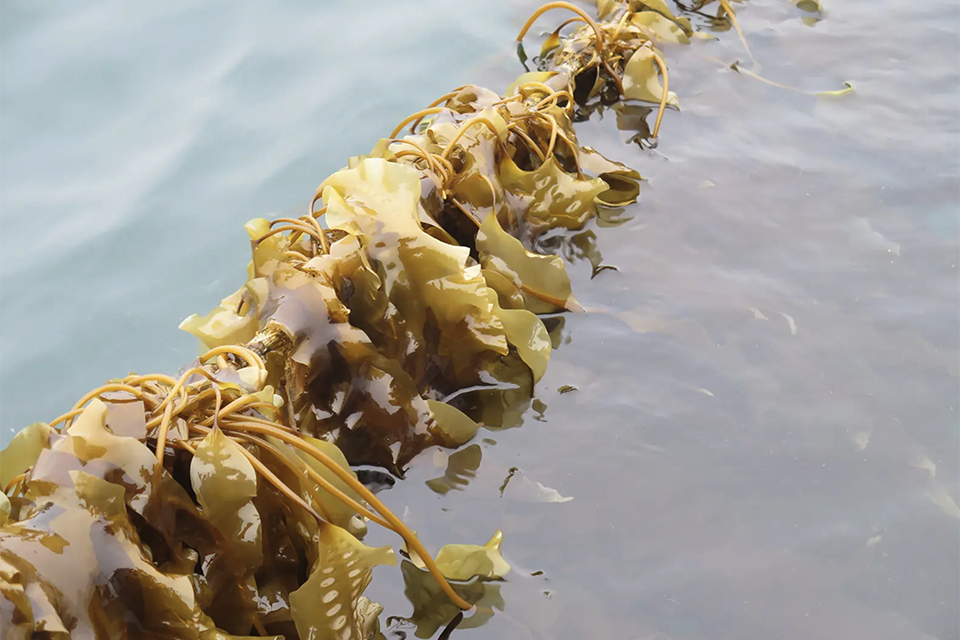
Responsibility
Can kelp farming fix the planet? Experts weigh in on promises and pitfalls
How can kelp farming help solve global challenges? A panel of seaweed experts discussed promises, pitfalls and knowledge gaps.
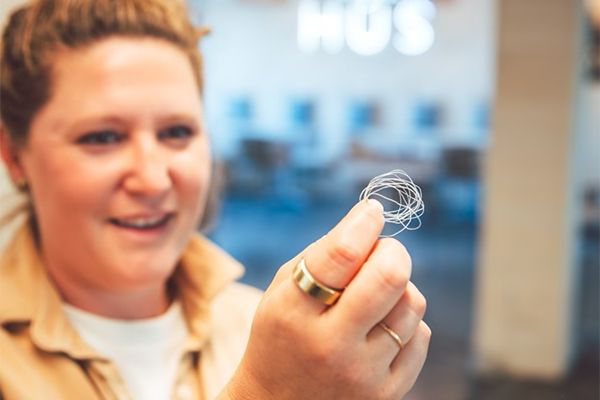
Innovation & Investment
‘Everyone is going to need a lot of seaweed’: Maine-based seaweed polymer innovator wants fisheries and aquaculture to quit plastics
Viable Gear Founder Katie Weiler joined the Advocate and Aquademia to discuss making lobster bait bags and other products with a seaweed polymer.
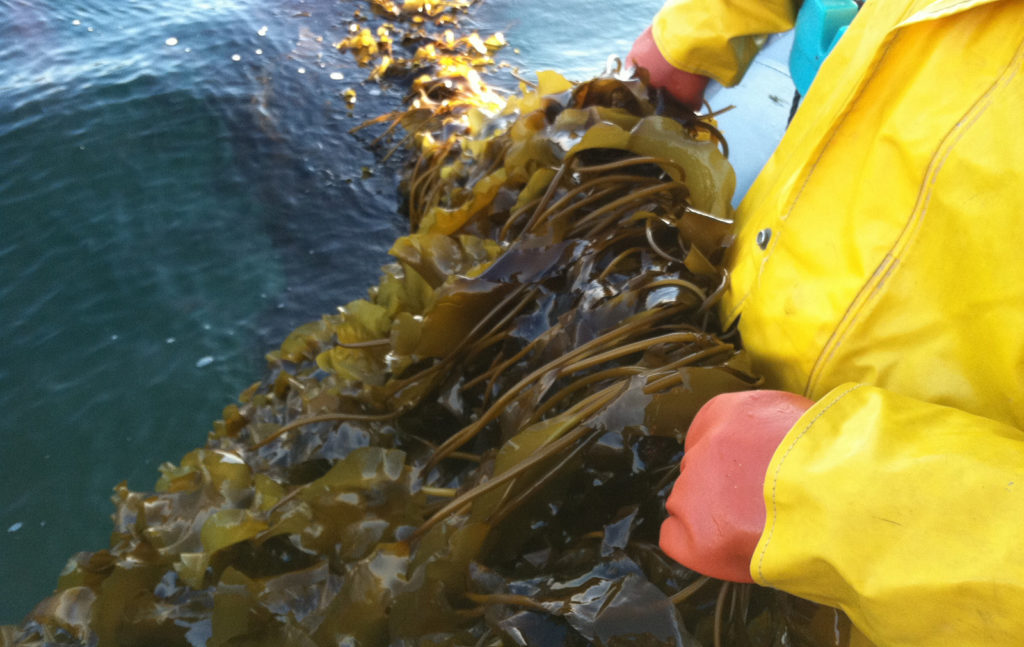
Responsibility
Lean and green, what’s not to love about seaweed?
Grown for hundreds of years, seaweed (sugar kelp, specifically) is the fruit of a nascent U.S. aquaculture industry supplying chefs, home cooks and inspiring fresh and frozen food products.
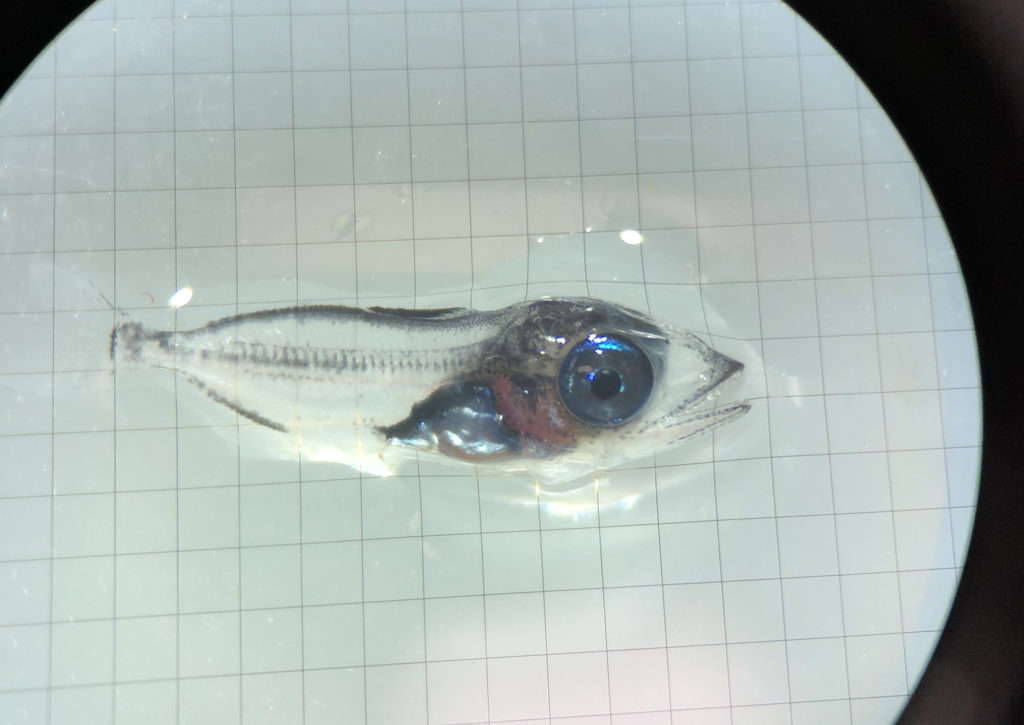
Innovation & Investment
‘Not convinced it can’t be done’: A look inside California’s new bluefin tuna hatchery
San Diego-based bluefin tuna hatchery and feed company Ichthus Unlimited aims to make tuna ranching a more sustainable and reliable option.


